In the intricate world of entomology, maintaining captive insects presents a fascinating yet challenging endeavor. Whether for educational purposes, conservation efforts, or entomological research, providing environments that stimulate natural behaviors is crucial for the wellbeing of these small but complex creatures. Unlike traditional pets, insects possess highly specialized adaptations and behavioral patterns that require thoughtful consideration to properly replicate in captivity. This article explores various strategies and approaches to encourage natural behaviors in captive insects, helping caretakers create more enriching and appropriate habitats that allow these remarkable invertebrates to thrive and express their full behavioral repertoire.
Understanding Natural Insect Behavior
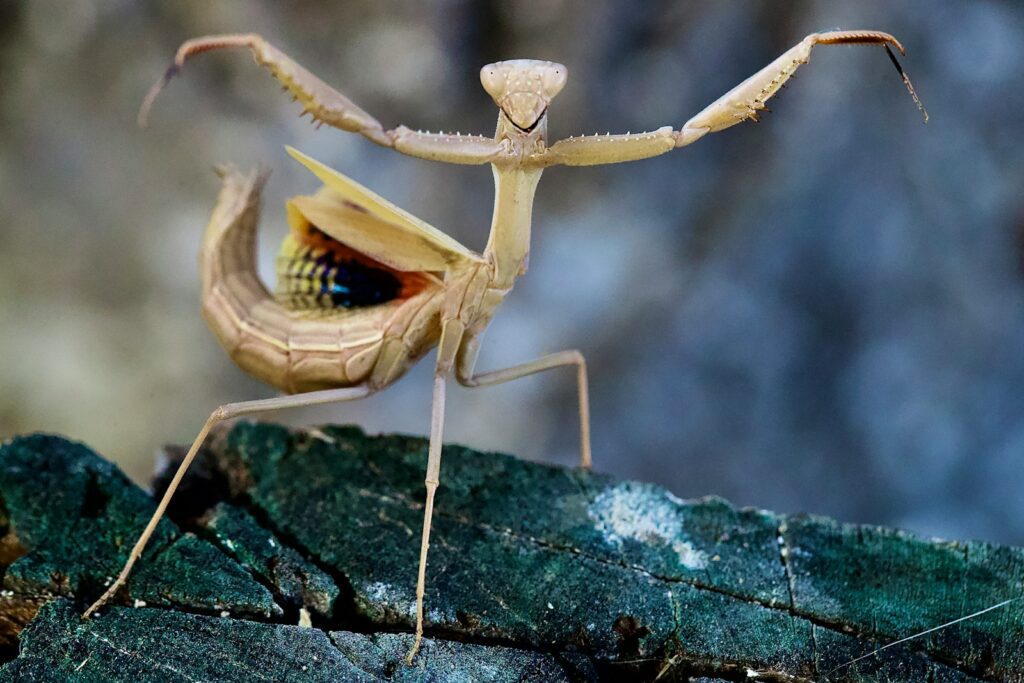
Before attempting to encourage natural behaviors in captive insects, it’s essential to understand what those behaviors look like in the wild. Each insect species has evolved a unique set of behaviors shaped by their ecological niche, including specific feeding strategies, mating rituals, defensive mechanisms, and social structures. Thorough research into your specific species’ natural history, including habitat preferences, activity patterns, and seasonal behaviors, provides the foundation for successful captive management. Field studies and scientific literature offer valuable insights into these behavioral patterns that might not be immediately obvious through casual observation. This knowledge becomes the blueprint for designing captive environments that can adequately support these innate behaviors, allowing insects to express their full behavioral repertoire even within the constraints of captivity.
Creating Naturalistic Enclosures
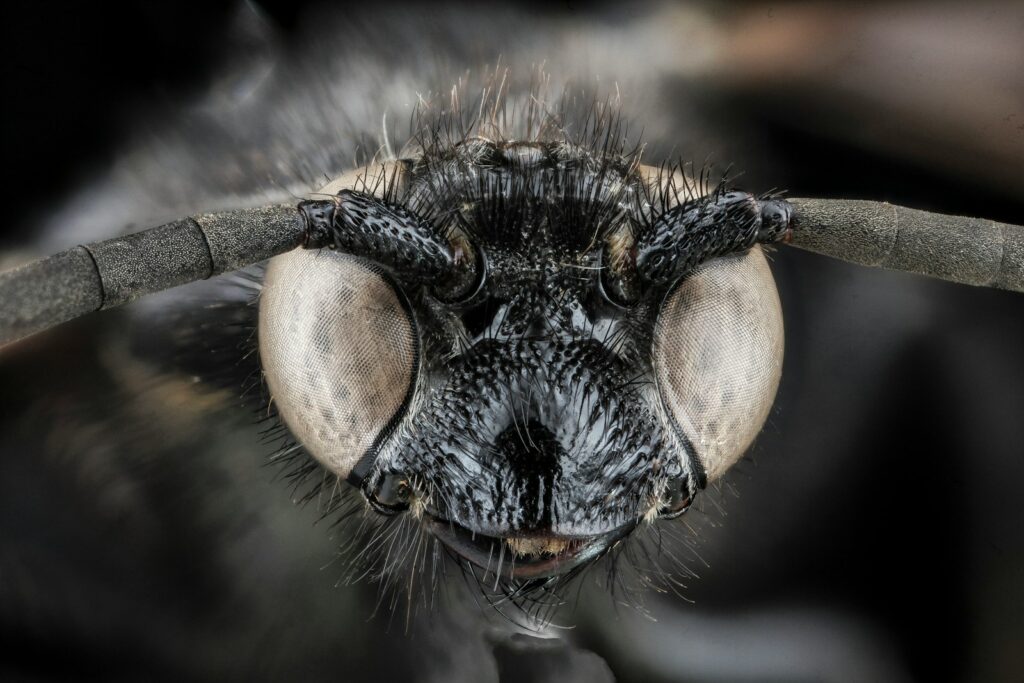
The physical environment plays a paramount role in facilitating natural behaviors in captive insects. Rather than minimalist setups with artificial components, aim to create miniature ecosystems that mimic key elements of the species’ natural habitat. For ground-dwelling species like beetles or cockroaches, incorporate various substrate layers, including leaf litter, soil, rotting wood, and moss to provide opportunities for burrowing, hiding, and foraging behaviors. For arboreal species such as stick insects or mantids, include appropriate climbing structures with varying textures and orientations to enable natural movement patterns. Living plants not only enhance the aesthetic appeal of the enclosure but also provide more natural surfaces for perching, hiding, and in some cases, feeding. The more closely the captive environment resembles natural conditions in terms of structural complexity, the more likely insects will display their full range of natural behaviors.
Optimizing Environmental Parameters
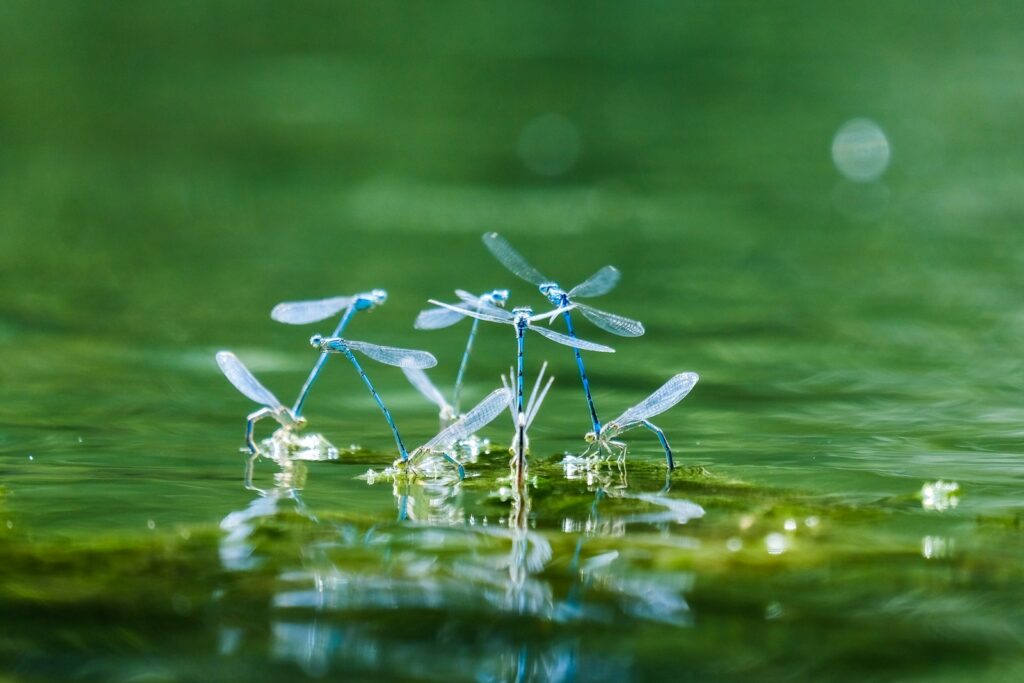
Insects are highly sensitive to environmental conditions, which often serve as triggers for specific behaviors. Temperature gradients, humidity levels, light cycles, and seasonal variations all influence activity patterns, feeding behaviors, and reproductive cycles. Many species require specific temperature ranges to properly digest food, mate, or undergo metamorphosis. Implementing day/night temperature fluctuations rather than constant temperatures can trigger more natural activity cycles in many species. Similarly, controlling photoperiod with proper lighting that includes both visible and UV spectrum components can help regulate circadian rhythms and seasonal behaviors. For species that undergo diapause or seasonal dormancy, gradually adjusting temperature and light cycles to simulate seasonal changes is crucial for triggering reproductive behaviors. Monitoring and maintaining these parameters with appropriate equipment such as thermostats, hygrometers, and programmable lighting systems enables caretakers to create more biologically appropriate environments.
Providing Natural Diet and Feeding Opportunities
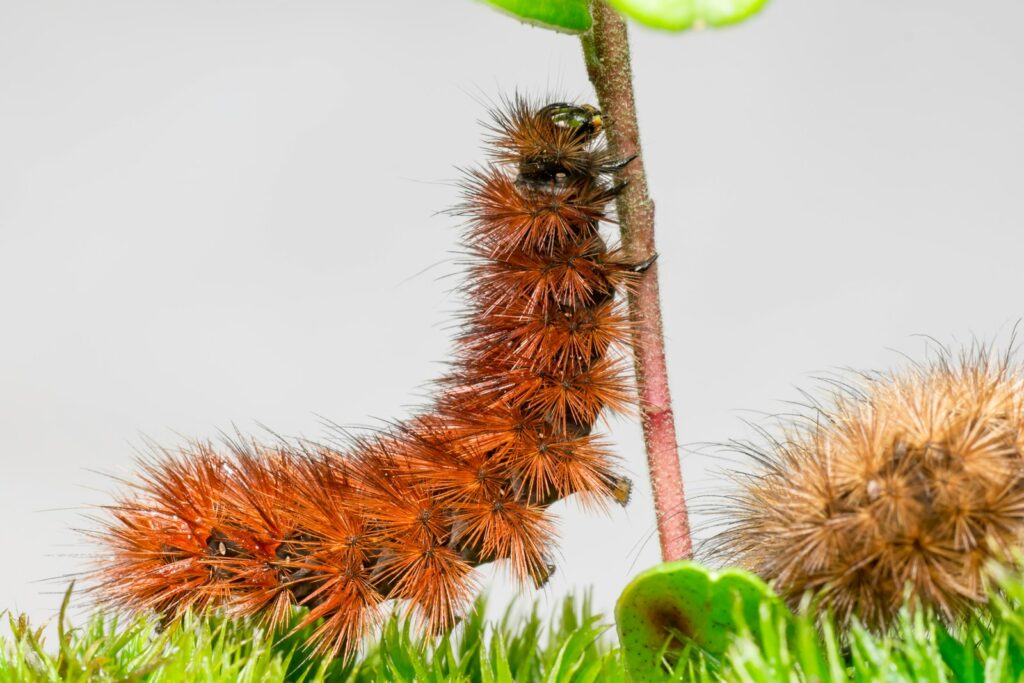
Feeding methods significantly impact behavioral expression in captive insects. Rather than simply offering prepared foods in dishes, implement feeding strategies that encourage natural foraging behaviors. For predatory species like mantids or assassin bugs, offering live prey allows them to stalk, ambush, and capture food as they would in nature, exercising both physical abilities and instinctual hunting behaviors. Herbivorous insects benefit from having access to living plants rather than just cut vegetation, allowing them to select preferred feeding sites and engage in natural plant selection behaviors. For detritivores such as millipedes or isopods, providing a mix of decomposing plant matter at various stages of decay encourages natural processing of organic material. Even the timing of feeding can be important – offering food during species-appropriate activity periods (dusk for nocturnal species, for example) aligns with natural feeding rhythms and typically results in better feeding responses.
Encouraging Natural Reproduction
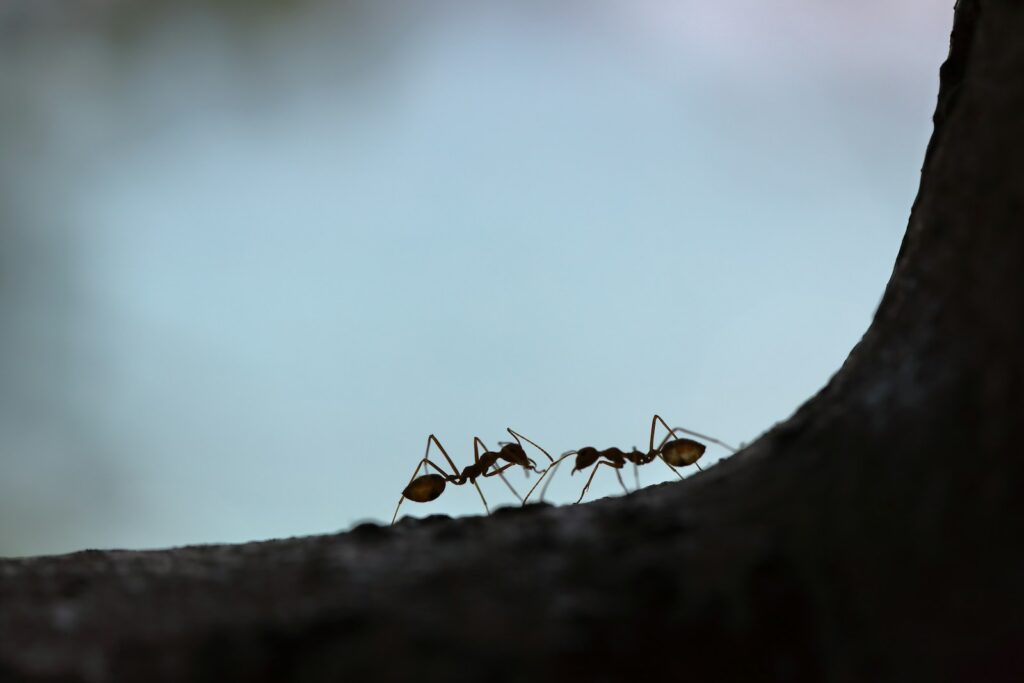
Reproductive behaviors represent some of the most complex and fascinating aspects of insect biology, often involving elaborate courtship rituals, specialized mating behaviors, and specific environmental triggers. To encourage natural reproduction, provide adequate space for courtship displays, which may include flying, drumming, or chemical signaling depending on the species. Some insects require specific environmental cues like seasonal temperature changes, rainfall simulation, or particular light cycles to trigger mating behavior or egg-laying. For species with complex oviposition requirements, provide appropriate substrates such as specific host plants, moist soil of particular composition, or rotting wood for egg deposition. Social insects like certain bees, ants, or termites may need specific colony structures or population densities to trigger reproductive behaviors in queens and males. Successful reproduction in captivity not only confirms appropriate environmental conditions but also provides fascinating opportunities to observe the full life cycle of these remarkable creatures.
Facilitating Social Interactions
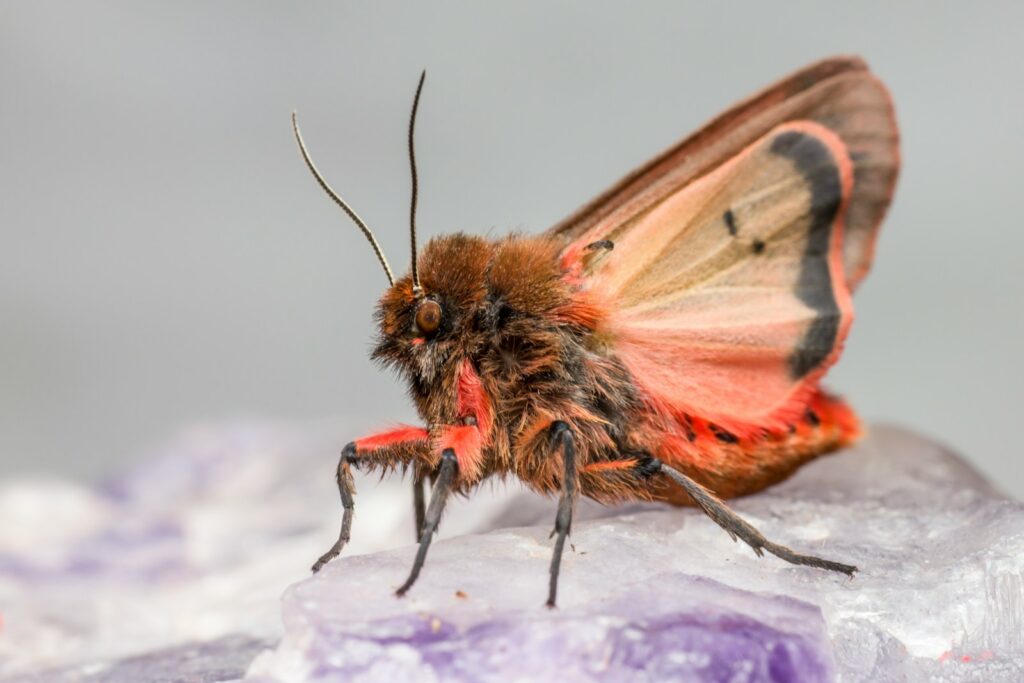
While many insects are solitary by nature, numerous species display complex social behaviors that are essential to their wellbeing. For truly social insects like ants, bees, or termites, maintaining appropriate colony structures with proper caste ratios is fundamental to observing natural behaviors. Even in less socially complex species, certain behaviors like aggregation, courtship, or territorial displays require the presence of conspecifics. Housing density requires careful consideration – too crowded conditions may increase stress and competition, while too sparse populations might prevent important social interactions from occurring. For some species, even the presence of other insect species with which they naturally coexist can elicit more natural behaviors through competition, predator-prey interactions, or commensal relationships. When designing multi-species enclosures, ensure all species’ requirements are met and that competitive or predatory interactions remain within natural parameters that don’t threaten the welfare of any inhabitants.
Implementing Behavioral Enrichment
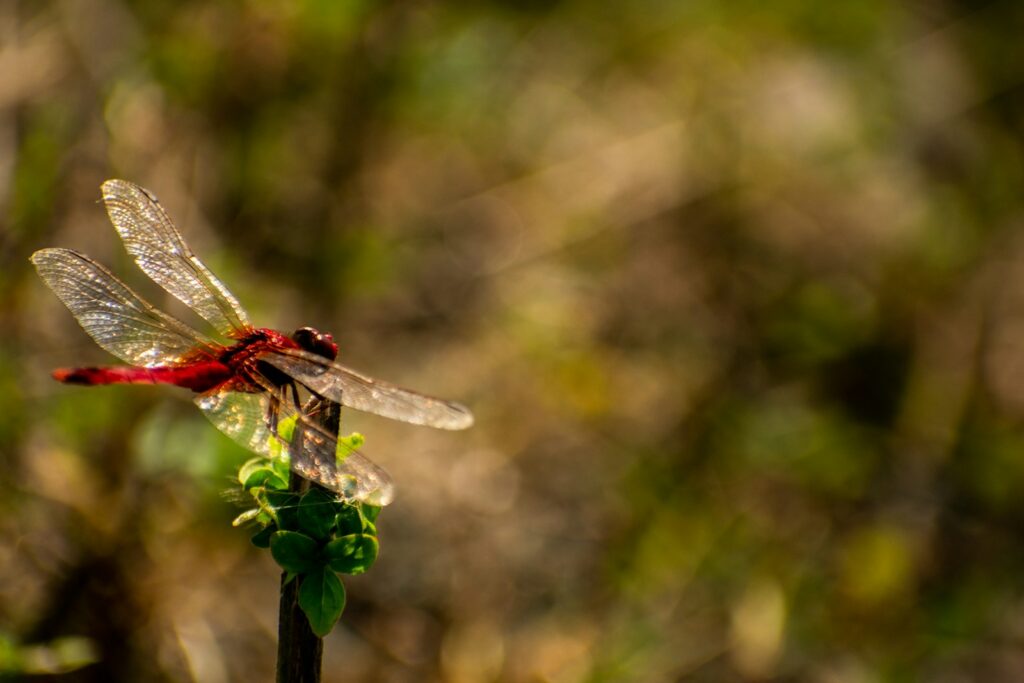
Enrichment techniques, long established for vertebrate animals, can be adapted for insects to promote natural behaviors and cognitive stimulation. Novel objects, substrate changes, or rearrangement of enclosure elements can stimulate exploratory behaviors and prevent habituation to static environments. For flying insects, providing adequate flight space with varying perching options allows them to exercise natural movement patterns and spatial awareness. Predatory insects benefit from varied hunting challenges, such as different prey types or prey presented in more complex environments that require strategy to capture. Even seemingly simple enrichment like occasional misting of the enclosure can trigger natural behaviors associated with rainfall or dew formation, such as drinking, egg-laying, or increased activity. Regular but unpredictable enrichment helps prevent behavioral stagnation while stimulating natural adaptive responses to environmental changes.
Understanding Defensive Behaviors
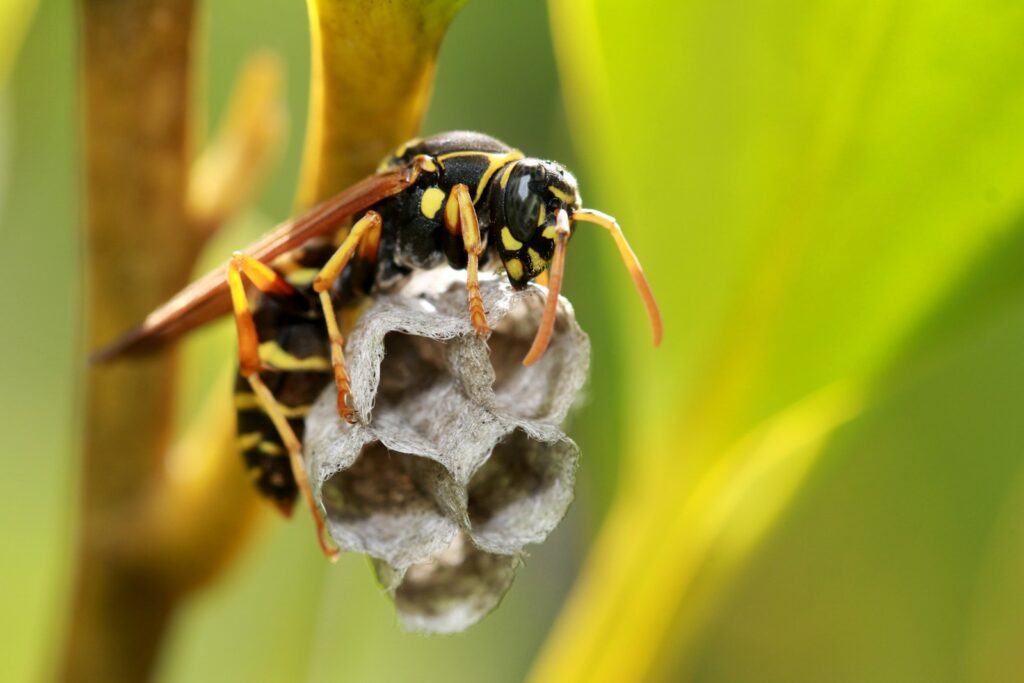
Defensive behaviors constitute a significant portion of many insects’ behavioral repertoire and should be accommodated rather than suppressed in captivity. These may include thanatosis (playing dead), defensive secretions, stridulation (sound production), flash coloration displays, or aggressive posturing. Creating environments where insects feel secure enough to display these behaviors when appropriate, rather than being in a constant state of stress, is important for psychological wellbeing. Provide adequate hiding places and retreat options so insects can engage in natural concealment behaviors when they feel threatened. Handling protocols should respect these defensive mechanisms—for example, allowing a hissing cockroach to stridulate rather than restraining it to prevent the sound. Recognize that defensive displays are normal behaviors, not signs of poor adjustment to captivity, and represent important components of the species’ natural behavioral expression.
Observing and Documenting Behaviors
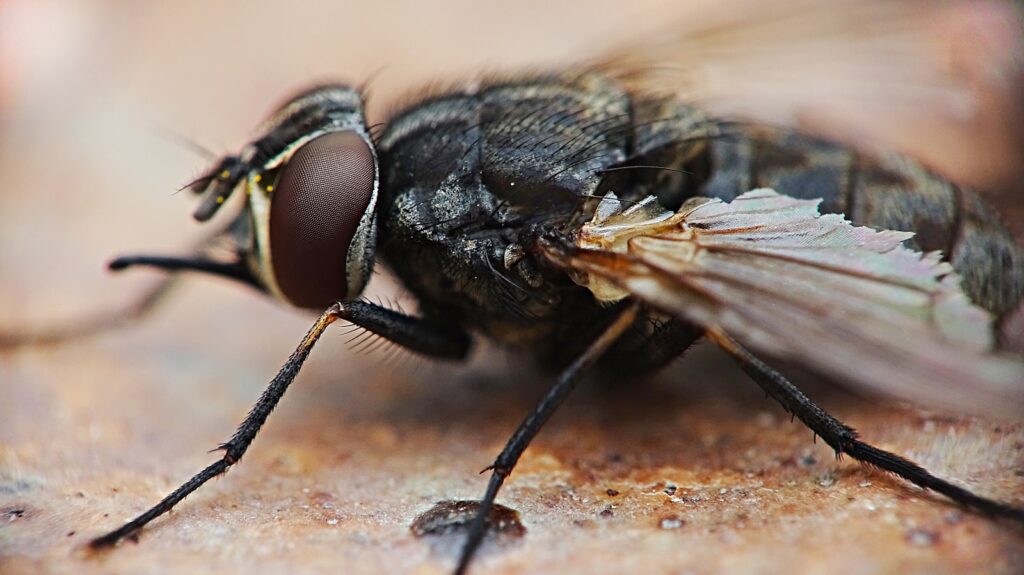
Careful observation and documentation serve both as assessment tools for husbandry success and as valuable contributions to entomological knowledge. Establish a regular observation schedule that includes different times of day to capture the full range of behaviors exhibited by diurnal, crepuscular, or nocturnal species. Use red lighting for observing nocturnal species to minimize disturbance to their natural activity patterns. Document behaviors systematically, noting environmental conditions, timing, duration, and contextual factors that might influence behavioral expression. Time-lapse photography or video recording can capture behaviors that occur too slowly for direct observation or happen during periods when direct observation isn’t possible. Compare observed behaviors with those documented in wild populations to assess how successfully your captive environment is encouraging natural behavioral patterns, and adjust husbandry practices accordingly when discrepancies are identified.
Addressing Abnormal Behaviors
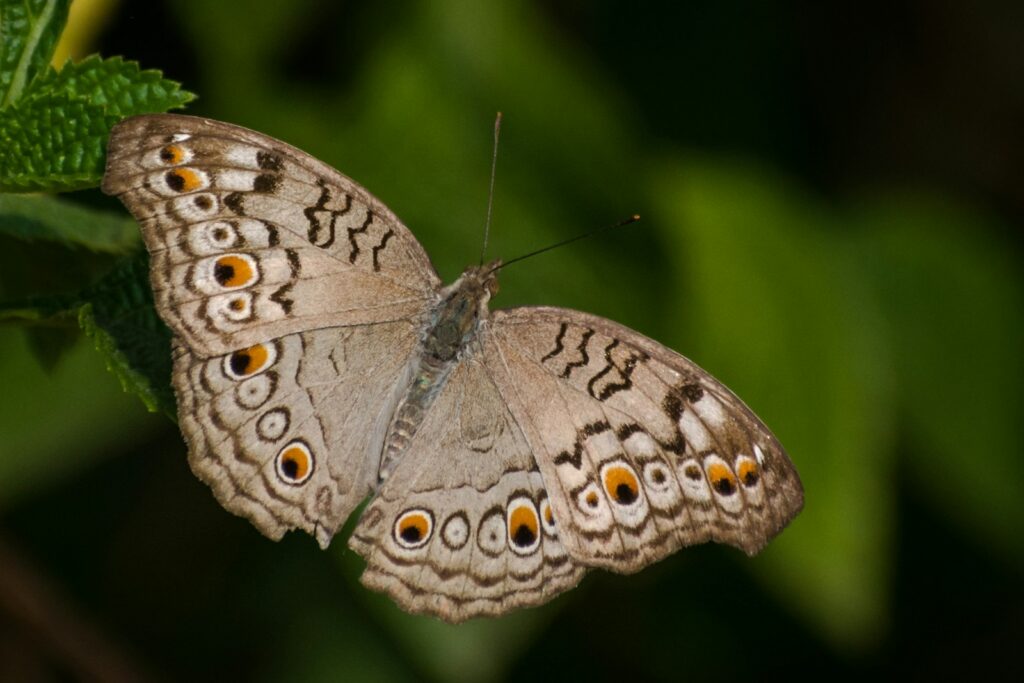
Recognizing and addressing abnormal behaviors is crucial for maintaining insect welfare in captivity. Behaviors like excessive grooming, stereotypic movement patterns, unexplained aggression, or failure to perform species-typical behaviors may indicate suboptimal husbandry conditions. When abnormal behaviors are observed, systematically evaluate and adjust environmental parameters, enclosure design, diet, social groupings, or handling protocols to address potential causes. Some abnormal behaviors may result from early developmental conditions or previous housing situations and require patience to resolve. Introduce changes methodically and observe responses carefully, as too many simultaneous changes can create additional stress. For particularly challenging cases, consulting with entomologists or experienced keepers who specialize in the species can provide valuable insights and solutions that may not be documented in general care guidelines.
Considering Seasonal Variations
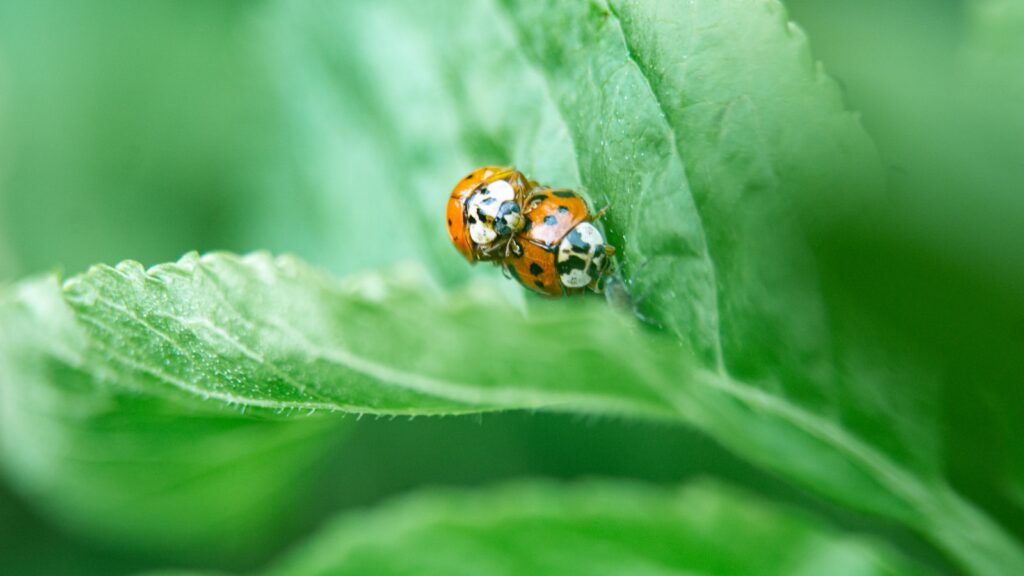
Many insects exhibit distinct seasonal behaviors in the wild, responding to changes in temperature, photoperiod, precipitation, and food availability. These seasonal patterns often regulate crucial aspects of their life cycle, including reproduction, diapause, migration, or feeding intensity. Replicating these seasonal variations in captivity can trigger natural behavioral sequences that might otherwise remain dormant. For temperate species, implementing a winter cooling period can induce natural diapause behaviors and ensure proper physiological development. Tropical species may respond to wet and dry season simulations with changes in reproductive behavior or activity levels. Even subtle seasonal adjustments in day length, temperature fluctuations, or humidity can elicit more natural behavioral patterns throughout the year. These seasonal protocols are particularly important for long-lived species or when breeding is a management goal.
Training and Research Applications
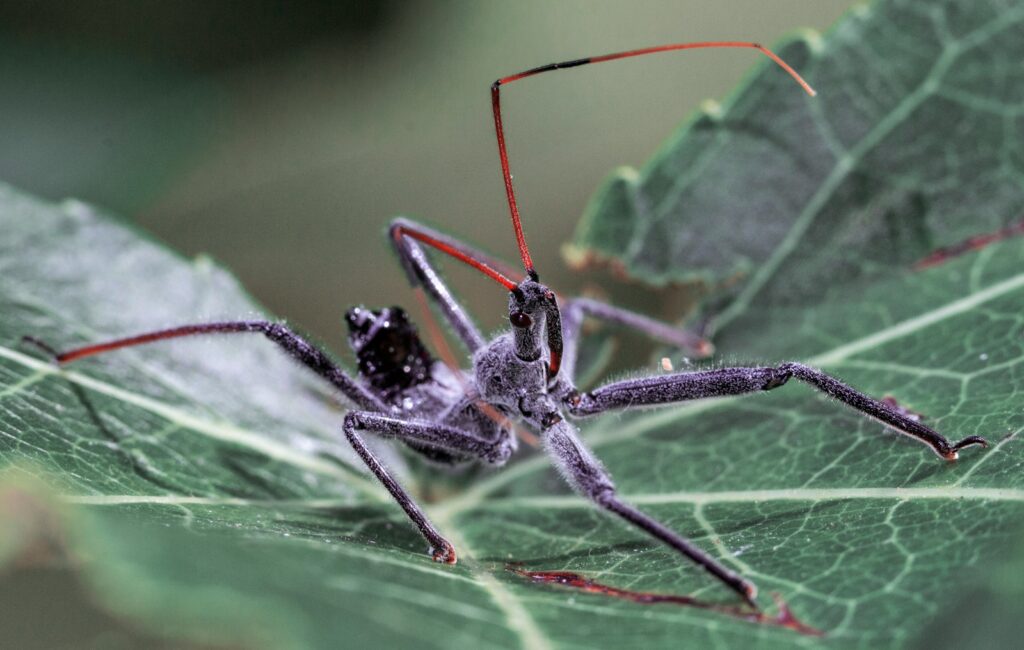
The concept of insect training may seem unusual, but many species demonstrate impressive learning abilities that can be harnessed in captivity. Simple conditioning techniques can encourage natural behaviors like web-building in spiders, nest construction in social insects, or even navigation skills in flying insects. These training approaches not only enhance behavioral expression but can also contribute valuable data to our understanding of insect cognition and behavioral plasticity. For research applications, carefully designed enclosures that facilitate natural behaviors while allowing systematic observation can advance our knowledge of previously undocumented behavioral patterns. Educational settings benefit from exhibition enclosures that encourage insects to display natural behaviors visible to observers, creating more engaging and informative experiences. Collaboration between hobbyists, educators, and researchers can generate valuable information on successful techniques for encouraging and documenting natural behaviors in captive insects.
Ethics and Conservation Considerations
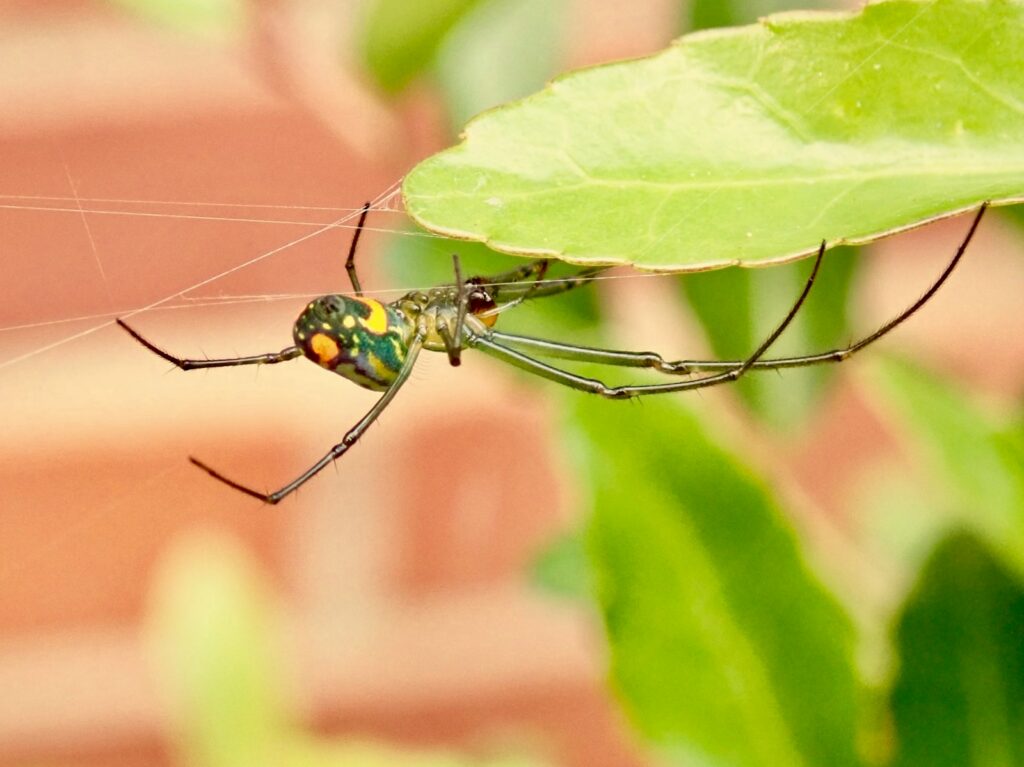
Encouraging natural behaviors in captive insects intersects with broader ethical and conservation considerations that responsible keepers should acknowledge. For threatened or endangered species, creating environments that facilitate natural behaviors may contribute to conservation breeding programs that preserve behavioral diversity alongside genetic diversity. Consider whether wild collection is appropriate or if captive-bred specimens should be prioritized, particularly for species with declining wild populations. The knowledge gained from successfully maintaining behaviorally sound captive populations can inform conservation efforts and habitat restoration initiatives. For educational collections, demonstrating natural behaviors provides opportunities to foster appreciation for these often misunderstood creatures and highlight their ecological importance. Whenever possible, share successful husbandry techniques that promote natural behaviors with the broader entomological community to improve standards of care across educational, research, and hobbyist settings.
Conclusion

Encouraging natural behaviors in captive insects requires a multifaceted approach that combines scientific knowledge with careful observation and adaptive management. By creating environments that reflect the biological needs and evolutionary history of each species, caretakers can foster more complete behavioral expression and improve the welfare of these fascinating invertebrates. The rewards of this approach extend beyond the insects themselves—to enhanced educational experiences, more valid research outcomes, and deeper appreciation for the intricate behaviors of these remarkable creatures. As we continue to refine our understanding of insect behavior, our ability to create more appropriate captive environments will grow, benefiting both the insects in our care and our knowledge of the natural world.

